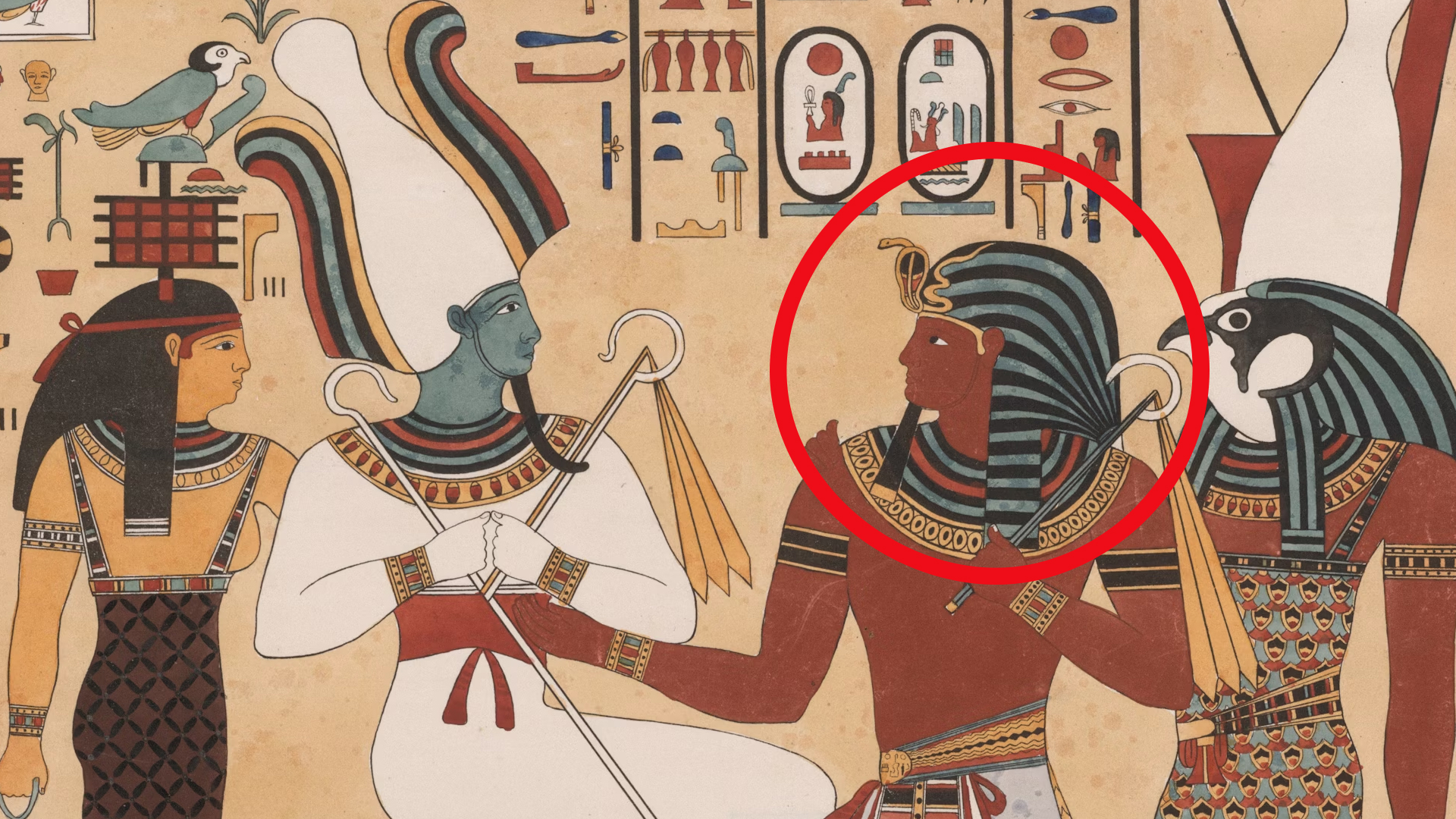Enduring States, Emerging Nations
Nationhood is never static. Some countries have weathered thousands of years, surviving conquest and change to maintain their place in history. Others result from modern referendums, wars of independence, or peaceful separations. This overview of the oldest and newest nations reveals the resilience and complexity behind the making of a state. Let’s start with the oldest nations.
1. San Marino
San Marino, founded in A.D. 301, claims to be the world's oldest republic. Located in the Apennines, it has retained its independence for centuries despite numerous regional shifts. Its continuity of governance is unparalleled, with a unique parliamentary system that has remained intact for over 1,700 years.
2. Vietnam
Vietnam’s state history stretches back over 2,000 years to the Kingdom of Văn Lang in the 1st millennium BC. Through centuries of Chinese domination, it maintained a distinct identity, regaining sovereignty in 938 AD after the Battle of Bach Đang River.
 [//commons.wikimedia.org/wiki/User:Trantuonglam Trantuonglam] on Wikimedia
[//commons.wikimedia.org/wiki/User:Trantuonglam Trantuonglam] on Wikimedia
3. Egypt
Ancient Egypt, one of the earliest cradles of civilization, emerged as a unified state around 3100 BC. Unifying Upper and Lower Egypt under King Narmer marked the beginning of the dynastic period. Egypt’s influence on culture, mathematics, and architecture is still felt globally.
4. Hungary
This nation became a Christian kingdom under Stephen I in 1000 AD. Despite later domination by the Ottomans and Habsburgs, Hungary preserved its national laws and the Crown of Saint Stephen. Its millennium-long identity as a distinct political entity remains embedded in its institutions today.
5. Armenia
Armenia is among the oldest continuous nation-states, rooted in the 6th century BC Orontid Dynasty. In AD 301, it became the first country to adopt Christianity as a state religion. Despite centuries under Persian, Arab, and Ottoman rule, Armenian governance and church kept its statehood traditions alive.
 Vigen Hakhverdyan on Wikimedia
Vigen Hakhverdyan on Wikimedia
6. Iran
Historically known as Persia, Iran has been a center of civilization since the Elamite kingdoms around 3000 BC. The Persian Empire, established in the 6th century BC, was one of history's largest and most influential empires. The country has maintained a strong cultural identity despite challenges.
7. Portugal
This nation is one of the longest-standing nation-states in Europe, with its modern borders solidified in 1139. After the Treaty of Windsor in 1386, Portugal established one of the world’s first global empires. Its enduring status as a sovereign nation is proof of its resilience.
8. France
France’s origins trace back to the establishment of the Kingdom of the Franks around 500 AD. Over the centuries, it evolved through the medieval monarchy, the Age of Enlightenment, and the French Revolution. The nation became a republic in 1792, but its deep historical roots are undeniable.
 Jorge Láscar from Melbourne, Australia on Wikimedia
Jorge Láscar from Melbourne, Australia on Wikimedia
9. Denmark
Founded in the 10th century, Denmark’s monarchy is one of the oldest continuous monarchies in the world. Despite shifting territorial boundaries and political changes, Denmark has maintained a strong sense of national identity and remains a stable, modern nation in Scandinavia.
10. Thailand
Formerly known as Siam, Thailand has existed in various forms for centuries. Its present borders and monarchy were established in the 13th century, with the formation of the Kingdom of Sukhothai. Of all Southeast Asian countries, Thailand is the only one that has never been colonized by a European power.
Now that we've explored the oldest nation-states, let’s turn to the newest—and see how modern history continues to reshape the map.
1. South Sudan
In 2011, South Sudan became the newest nation, gaining independence from Sudan after decades of civil war. The country’s referendum saw an overwhelming 99% vote for secession, a significant step after years of conflict. Despite the optimism surrounding its creation, South Sudan has struggled with instability.
2. Montenegro
Montenegro separated from the State Union of Serbia and Montenegro in 2006 following a referendum that cemented its independence. This move marked the final chapter in the dissolution of the Yugoslav federation. Today, Montenegro is known for its stunning geography and is committed to European integration.
3. Kosovo
This nation declared independence from Serbia in 2008, becoming a sovereign state after years of conflict. Following a period of UN administration, over 100 countries recognized its secession, though Serbia and other nations have refused to acknowledge it.
4. Timor-Leste
Timor-Leste, or East Timor, gained independence in 2002 following a long and often violent struggle against Indonesian rule. Formerly a Portuguese colony, it was annexed by Indonesia in 1975. Today, it stands as a young democracy continuing to rebuild and define its future.
5. Eritrea
In 1993, Eritrea gained independence from Ethiopia following a protracted 30-year conflict. The nation’s independence was achieved through a UN-supervised referendum. Since then, Eritrea has faced significant political and economic challenges, yet it remains a resilient symbol of independence.
6. Palau
Palau achieved full independence in 1994 after decades of being part of the Trust Territory of the Pacific Islands. It established a Compact of Free Association with the United States, allowing for self-governance while maintaining close ties.
7. The Marshall Islands
Having gained independence in 1986, the Marshall Islands entered a Compact of Free Association with the U.S. Previously a strategic site during the Cold War, the islands' sovereignty followed years of negotiations. Despite its small size, the nation remains active in global climate discussions.
 Erin Magee/AusAID on Wikimedia
Erin Magee/AusAID on Wikimedia
8. Federated States Of Micronesia
The Federated States of Micronesia became sovereign in 1986 through the Compact of Free Association with the United States. Made up of four Pacific island states, it continues to strengthen its self-governance while navigating challenges such as geographic isolation and limited resources.
 Gargoylepni at en.wikipedia on Wikimedia
Gargoylepni at en.wikipedia on Wikimedia
9. Nauru
In 1968, Nauru became an independent republic, ending its trust territory period under Australia, New Zealand, and the U.K. As the world’s smallest republic, Nauru has faced economic difficulties due to the depletion of its phosphate reserves. Still, it remains independent and a member of the UN.
10. Seychelles
In 1976, Seychelles gained independence from the UK, marking the end of its colonial status. The island nation quickly became known for its stunning biodiversity and thriving tourism industry. Despite its small population, Seychelles has successfully developed a stable economy and democratic governance.
KEEP ON READING

20 Important Names From World War II You Should Know
Key Players From World War II (For Good or Bad).…
By Cathy Liu Nov 7, 2024
20 Facts About The Rothschilds, The Richest Family In History
How Much Do You Know About Europe's Banking Dynasty?. When…
By Emilie Richardson-Dupuis Oct 21, 2025
The Musical Prodigy: 10 Fascinating Facts About Mozart & 10…
Secrets Behind the Symphony. Wolfgang Amadeus Mozart remains one of…
By Chase Wexler May 5, 2025
The Mysterious "Sea People" Who Collapsed Civilization
3,200 years ago, Bronze Age civilization in the Mediterranean suddenly…
By Robbie Woods Mar 18, 2025
20 Inventors Who Despised Their Creations
Made It… Then Hated It. Inventors often dream big, but…
By Chase Wexler Aug 8, 2025
20 Incredible Items In The British Museum People Say Were…
Mystery In History. The mighty halls of the British Museum…
By Chase Wexler Sep 8, 2025
















